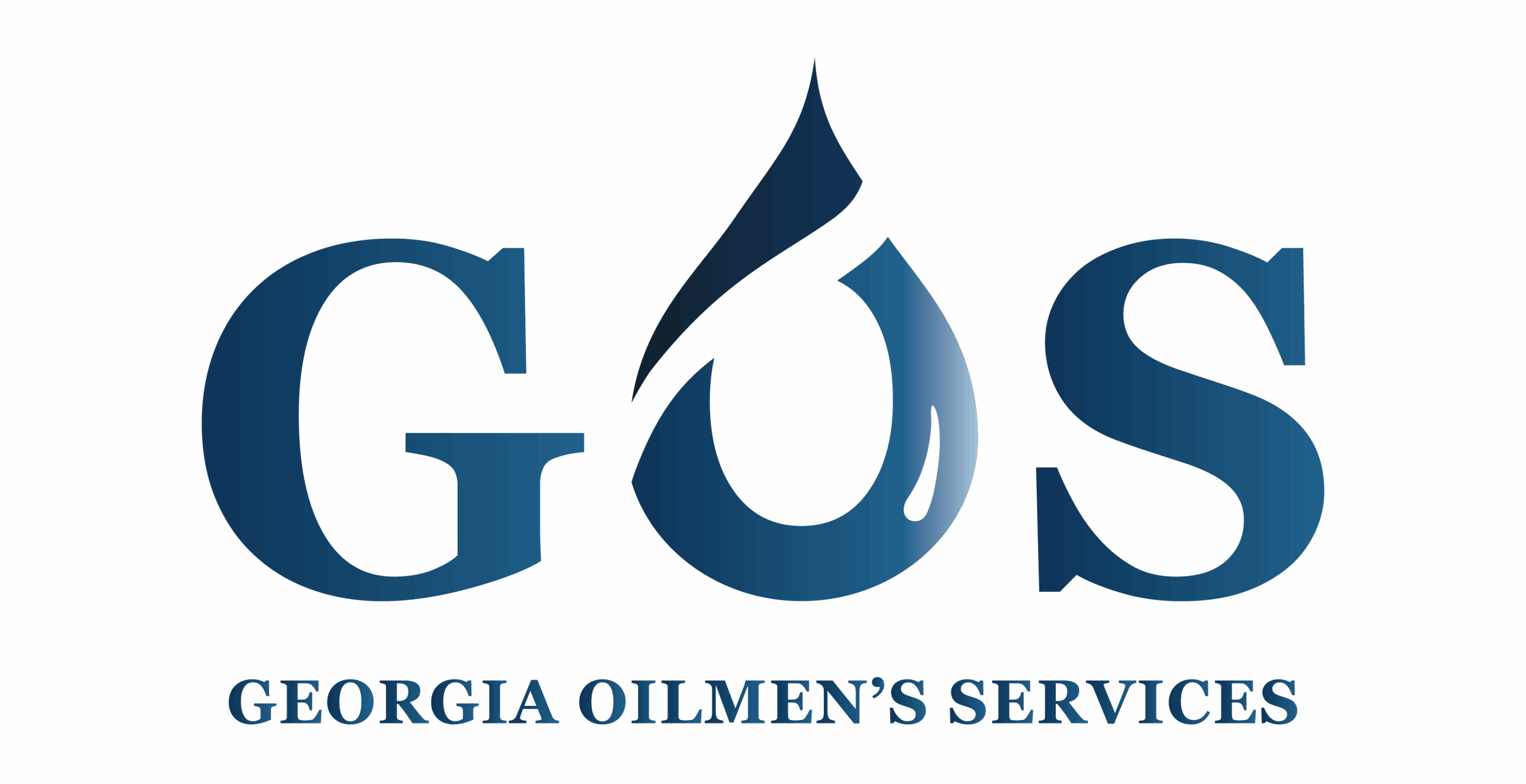Interested in Buying a Fueling Station Property?
Completing a property transaction that involves an active or former fueling station has always been a difficult proposition. Georgia Oilmen’s Services (GOS) advises both potential buyers and sellers of these types of properties, and many of the same concerns regularly arise. This article focuses on understanding and managing the potential environmental liability from a buyer’s viewpoint. Here’s five questions to ask:
Your Title Goes Here
Your content goes here. Edit or remove this text inline or in the module Content settings. You can also style every aspect of this content in the module Design settings and even apply custom CSS to this text in the module Advanced settings.
Q: What does GOS recommend if a site has a fueling system on it or has formerly contained USTs?
GOS would recommend that a Phase II Environmental Site Assessment (ESA) be performed. A Phase II ESA is partially comprised of installation of soil borings to collect soil and groundwater samples. Laboratory analysis of these samples would determine if soiland groundwater contamination is present, resulting from a release from the former UST system. Should petroleum contaminated soil and/or groundwater be detected at the site, a confirmed release is required to be reported by the tank and/or property owner to Georgia’s Underground Storage Tank Management Program (USTMP) within 24 hours of the owner being notified of the confirmed release. The USTMP would subsequently issue to the responsible party a request to complete a Corrective Action Plan (CAP) – Part A. This mechanism effectively identifies the last owner of record of the USTs and/or the current property owner as the responsible party for any and all environmental liabilities present at the property, who would then be responsible for the completion of the necessary corrective action measures for the subject site.
Q: Who is responsible for any corrective action that is needed?
The USTMP will always hold the last owner of record of the USTs at the time of the release report as the responsible party. However, should any party who is not the owner of record at the time the tanks were removed decide to voluntarily proceed with corrective action activities (not including Phase II ESA activities), they risk assignment of the associated responsibility for the release to them by the USTMP. This includes the responsibility to complete all corrective action activities, including full remediation of the site. Therefore, should any party who is not the owner of record wish to voluntarily proceed with any portion of the corrective action activities, they must first contact the USTMP to explain their willingness to proceed with a portion of corrective action activities, without assumption of further responsibility. This agreement between a third party and the USTMP should always be documented in writing.
Q: If a site has been closed for many years, is it still eligible for GUST Trust Fund reimbursement?
For sites that have been closed for many years or that have had lapses in compliance, eligibility for reimbursement through the Georgia Underground Storage Tank (GUST) Trust Fund may be compromised. If GUST Trust Fund coverage is denied, all of the associated corrective action costs would be completely out-of-pocket. Lending institutions have serious concerns regarding the preceding scenario and the associated financial liabilities. However, in accordance with the Code of Federal Regulations, 40 CFR Part 280, Subpart I, Lender Liability, the lender would not be held responsible for corrective action at a site if the institution acquired the site through or incident to foreclosure.
Q: If a site formerly contained a UST system, what issues might a new owner encounter in the redevelopment of the property?
Corrective action activities required at a site with documented petroleum contaminationwould specifically include at a minimum the installation of groundwater monitoring wells. Additionally, should active remediation be necessary, the installation of recovery wells, underground piping, remediation system equipment, and an equipment compound may also be necessary. Please note it would be imperative that all on-site monitoring wells, recovery wells, underground piping, remediation system equipment, equipment compound, and all other applicable appurtenances must remain in place for the duration of the project, which could conceivably last several years. Therefore, if any of the wells or remediation system components are damaged or destroyed, they must be immediately repaired or replaced. The location and placement of groundwater monitoring wells, recovery wells, underground piping, remediation system equipment and equipment compound would be proposed based on site conditions as required to achieve corrective action objectives. However, the presence of these features on the site may not necessarily interfere with any planned future use and/or redevelopment of the site. Monitoring wells and recovery wells can be completed with flush mounted traffic load bearing covers, and recovery piping is most often installed beneath the ground. The USTMP may allow for alteration of the location and placement of monitoring wells, recovery wells, remediation system piping, remediation equipment, and the equipment compound. However, the altered proposed locations must provide for proper assessment of the site and achievement of the corrective action objectives, as deemed appropriate by the USTMP.
Q: Does GOS have experience with implementing corrective action and redeveloping fuel station properties?
Yes. GOS has successfully implemented corrective action activities at sites that have been sold and redeveloped, including full scale remediation, with no impediment to the new uses of the property. None of these challenges are insurmountable. If there is a business opportunity that you are evaluating that includes an environmentally impacted property transaction, secure the information you need to properly weigh the potential risks versus the cost benefit.
Contact Us
The scenarios outlined herein are only a few of the many circumstances that you may be attempting to navigate. GOS is able to assist you with analysis of your particular potential liabilities and can recommend appropriate outside counsel if necessary. Please contact us to learn more.
